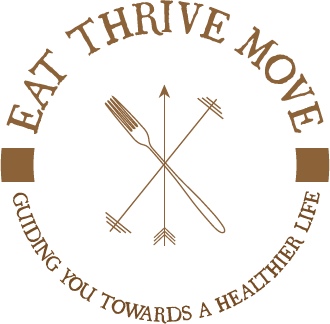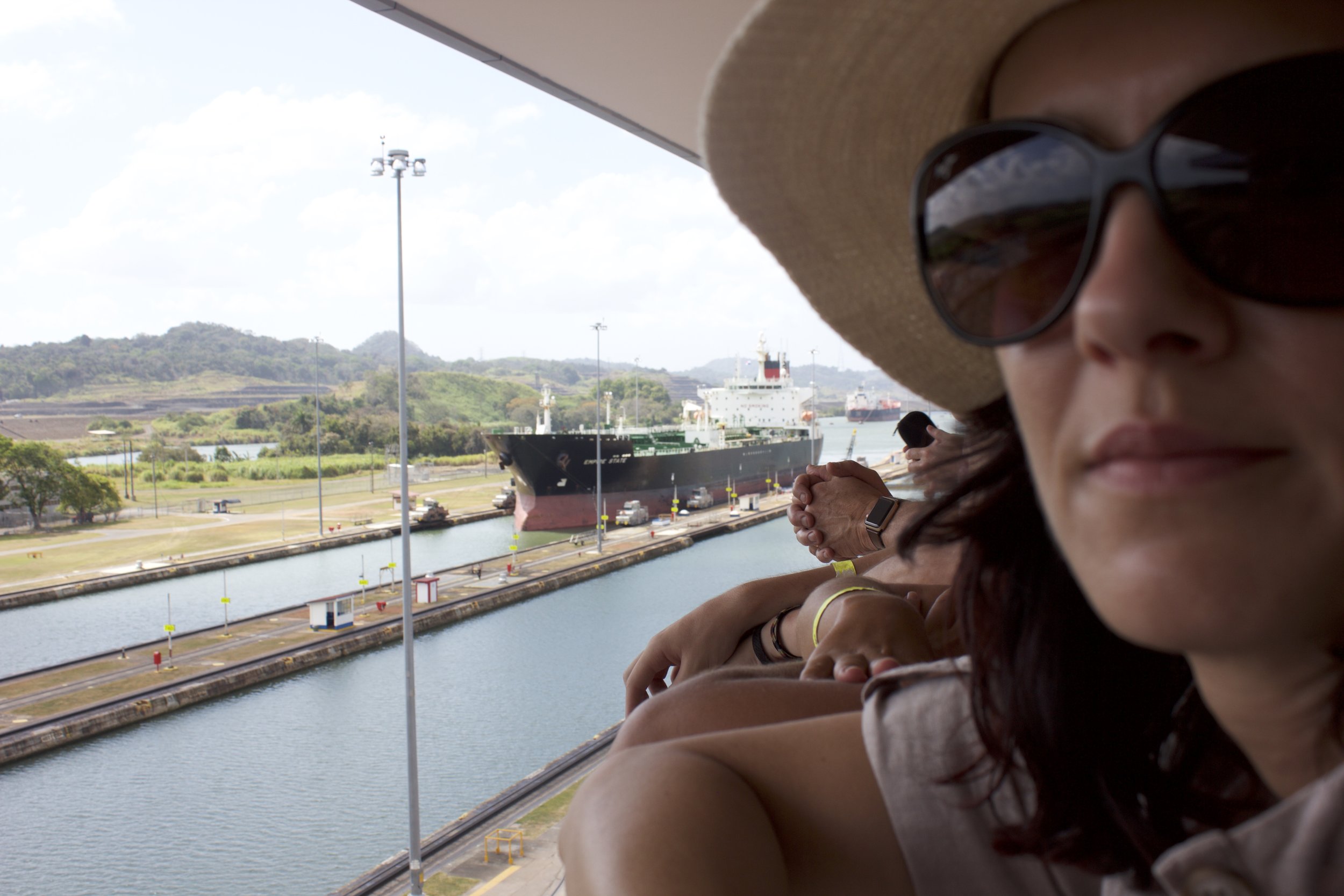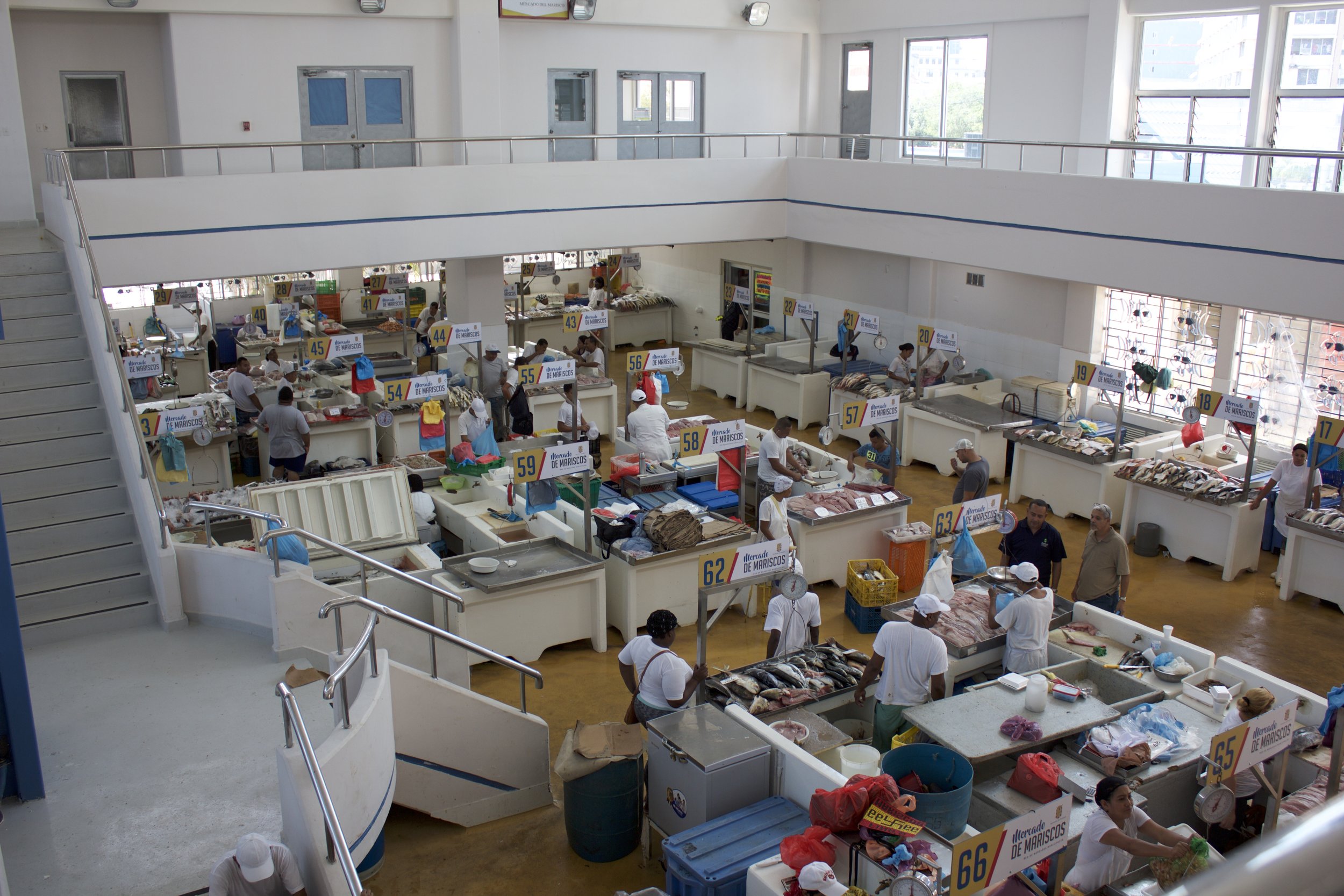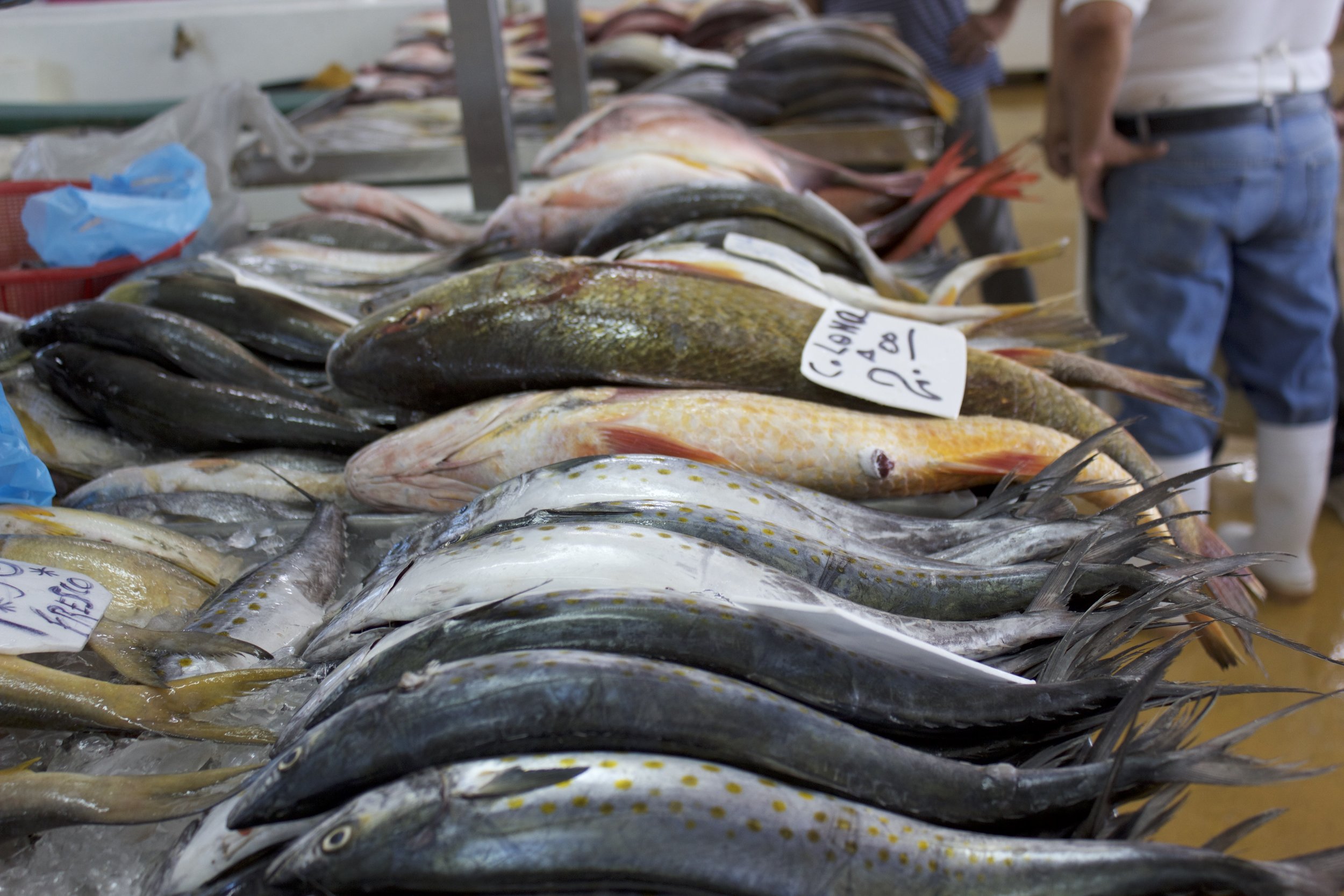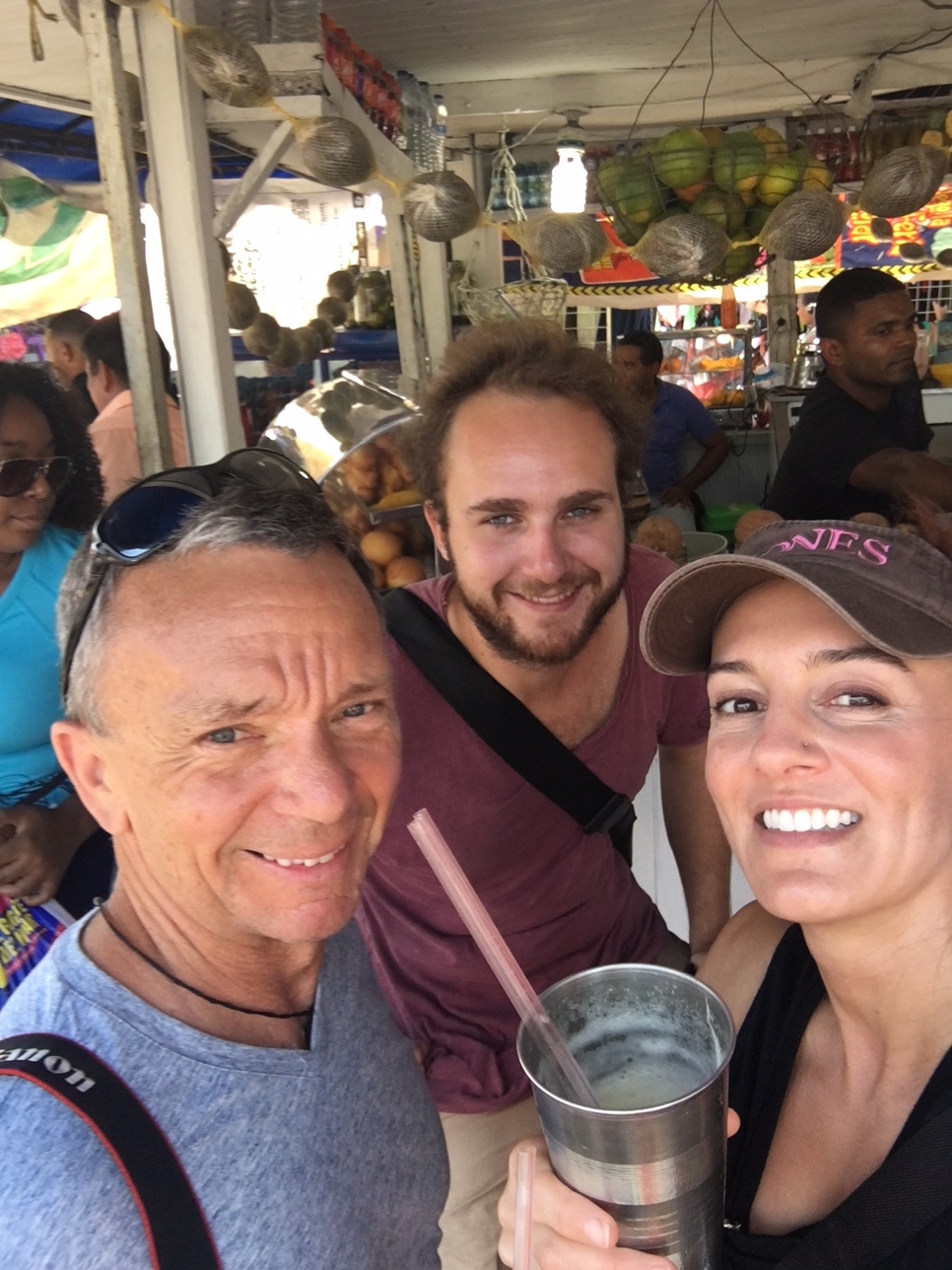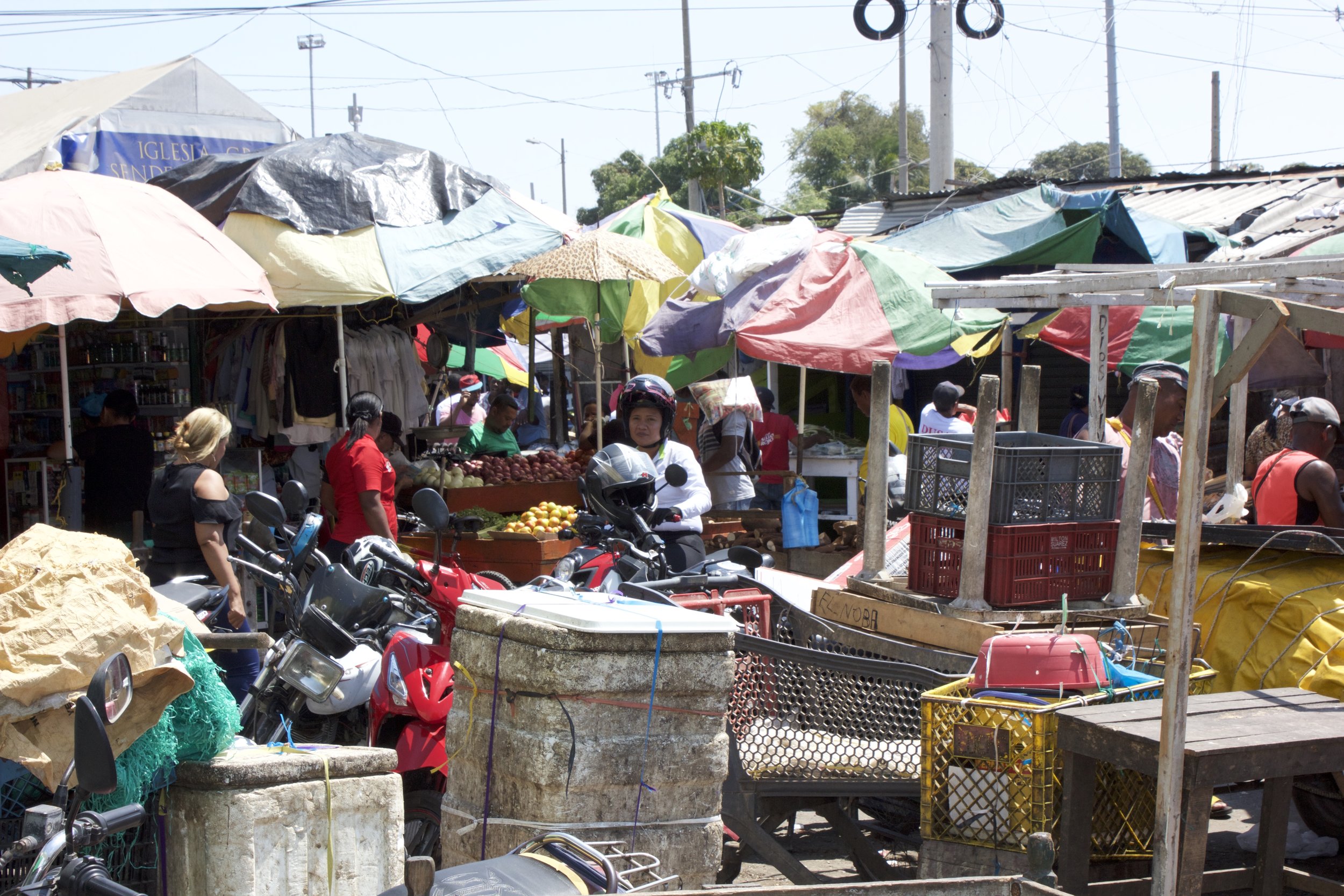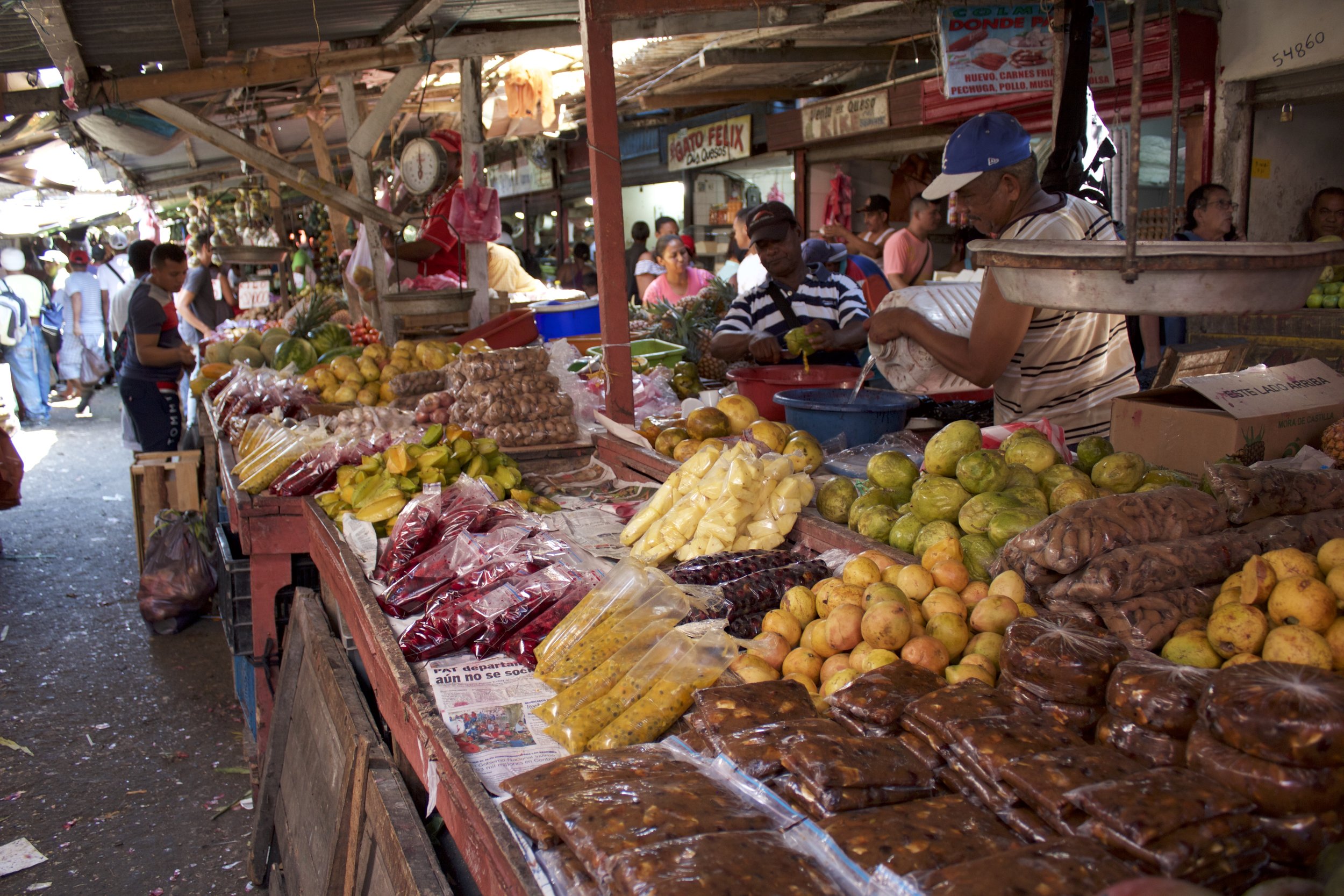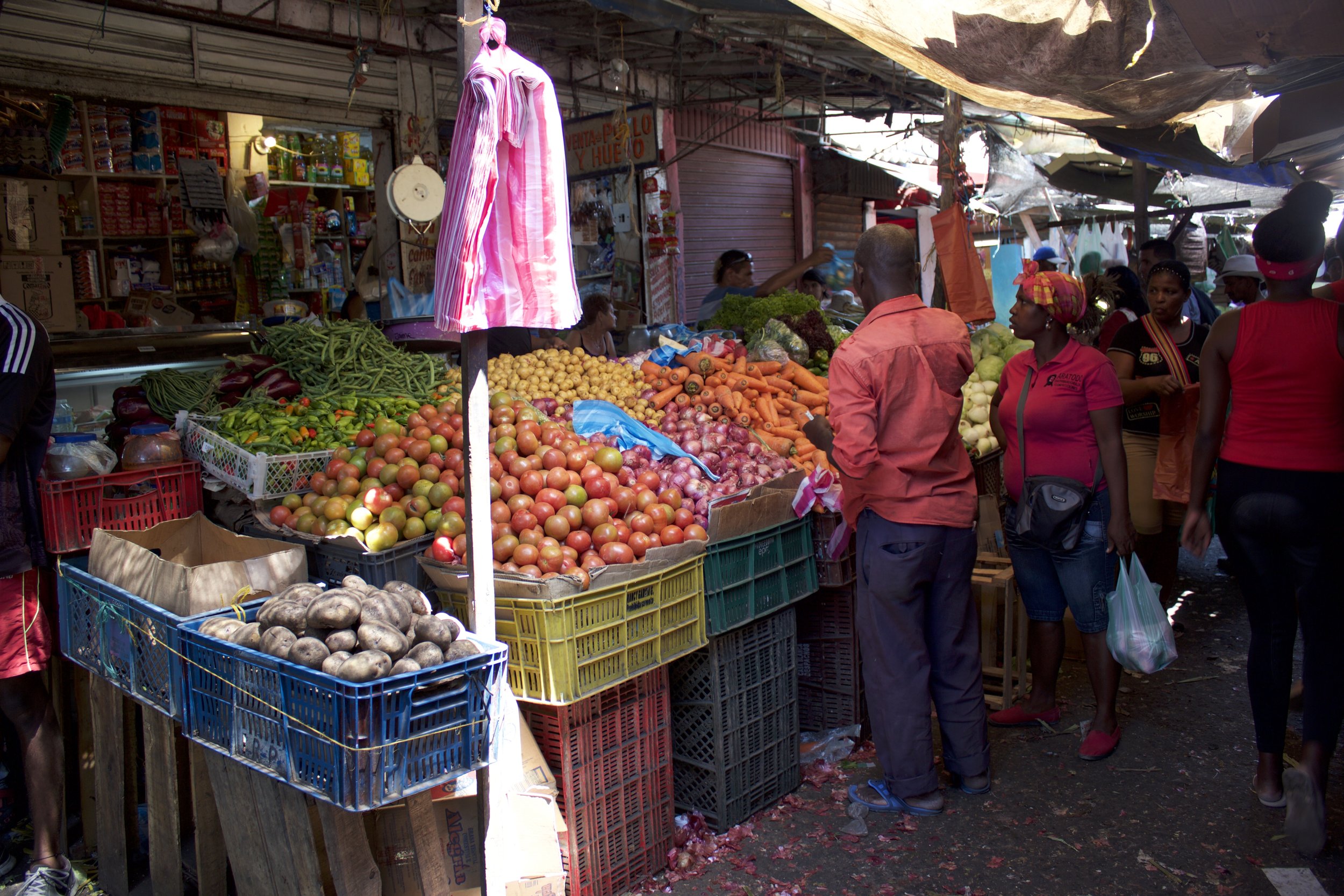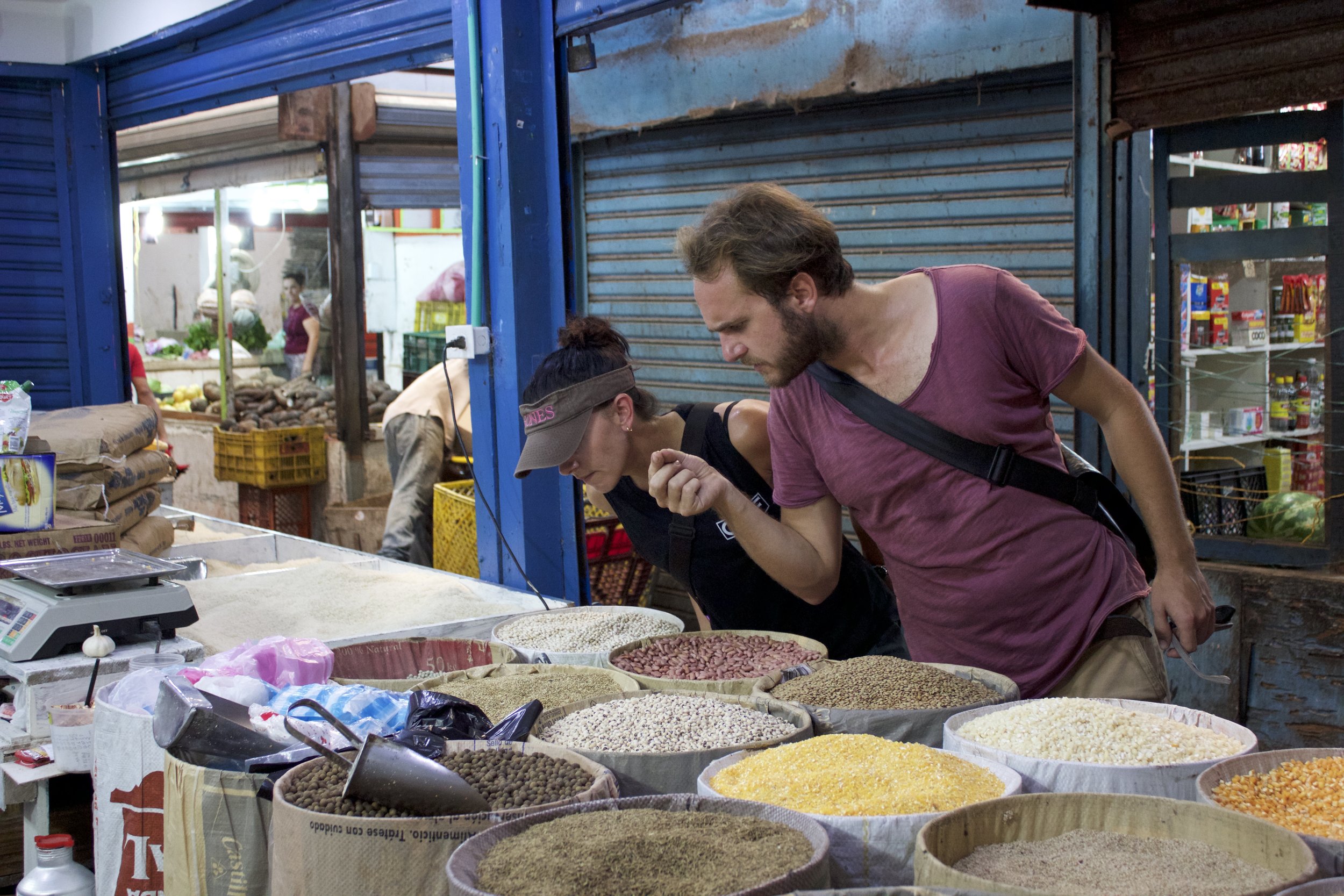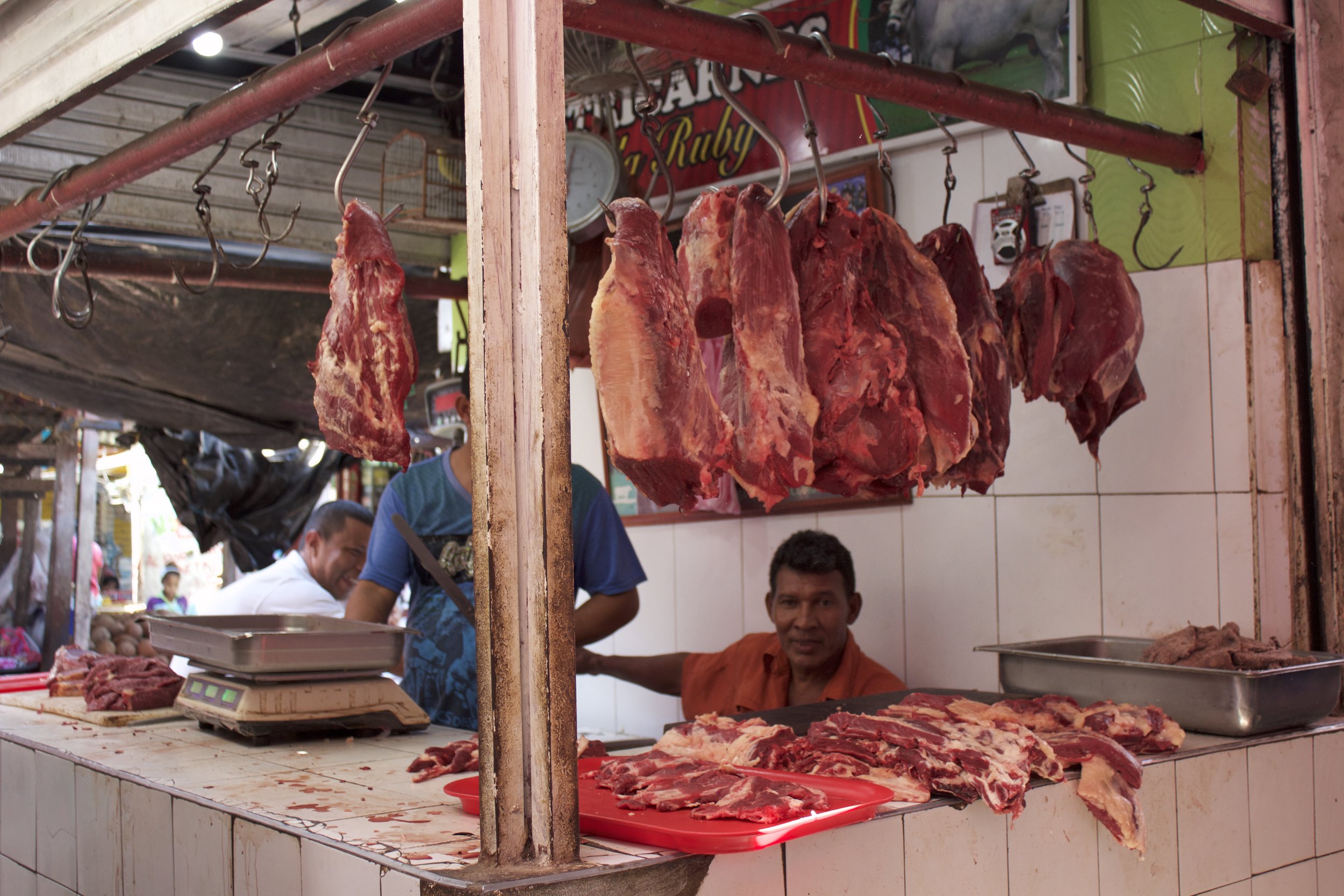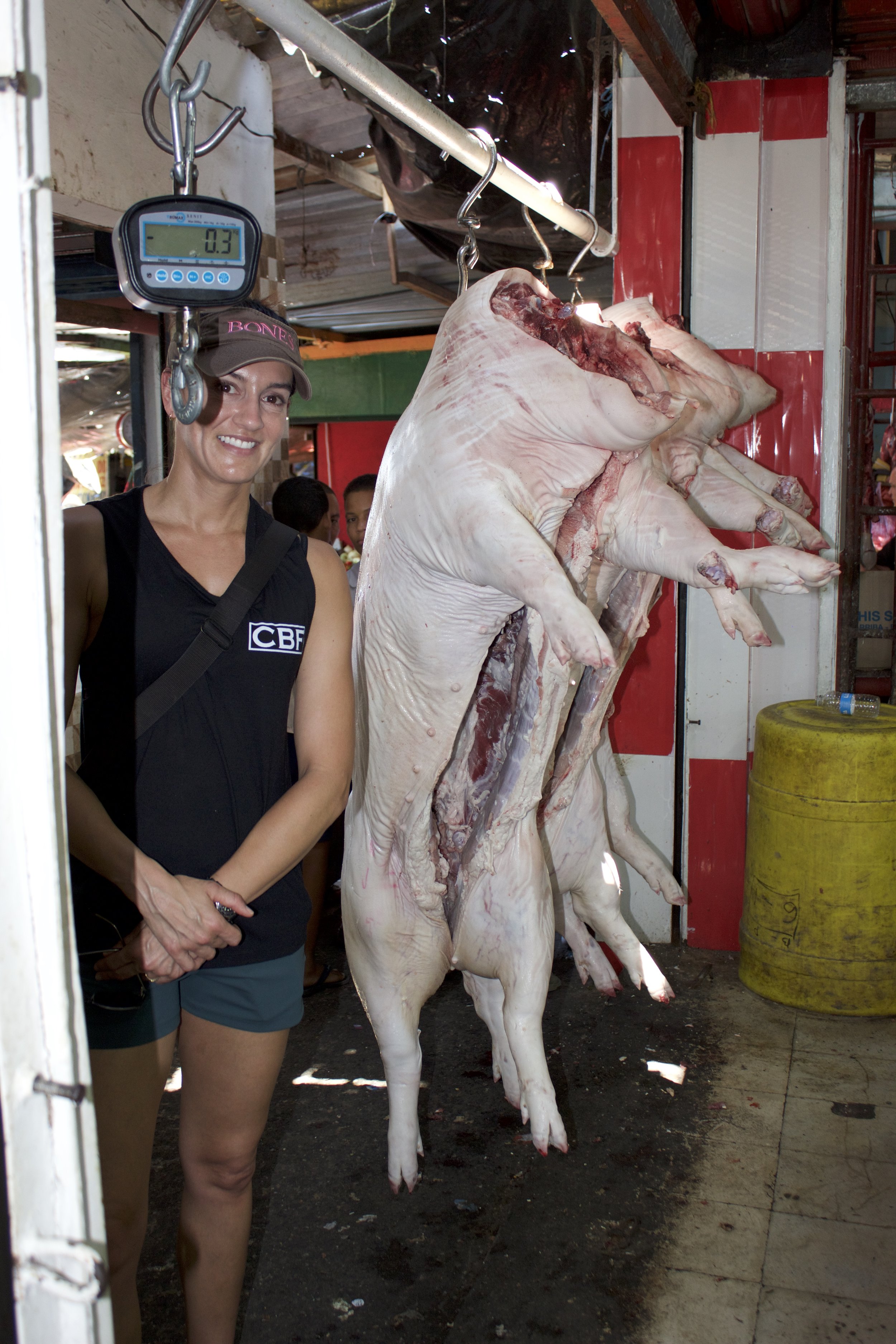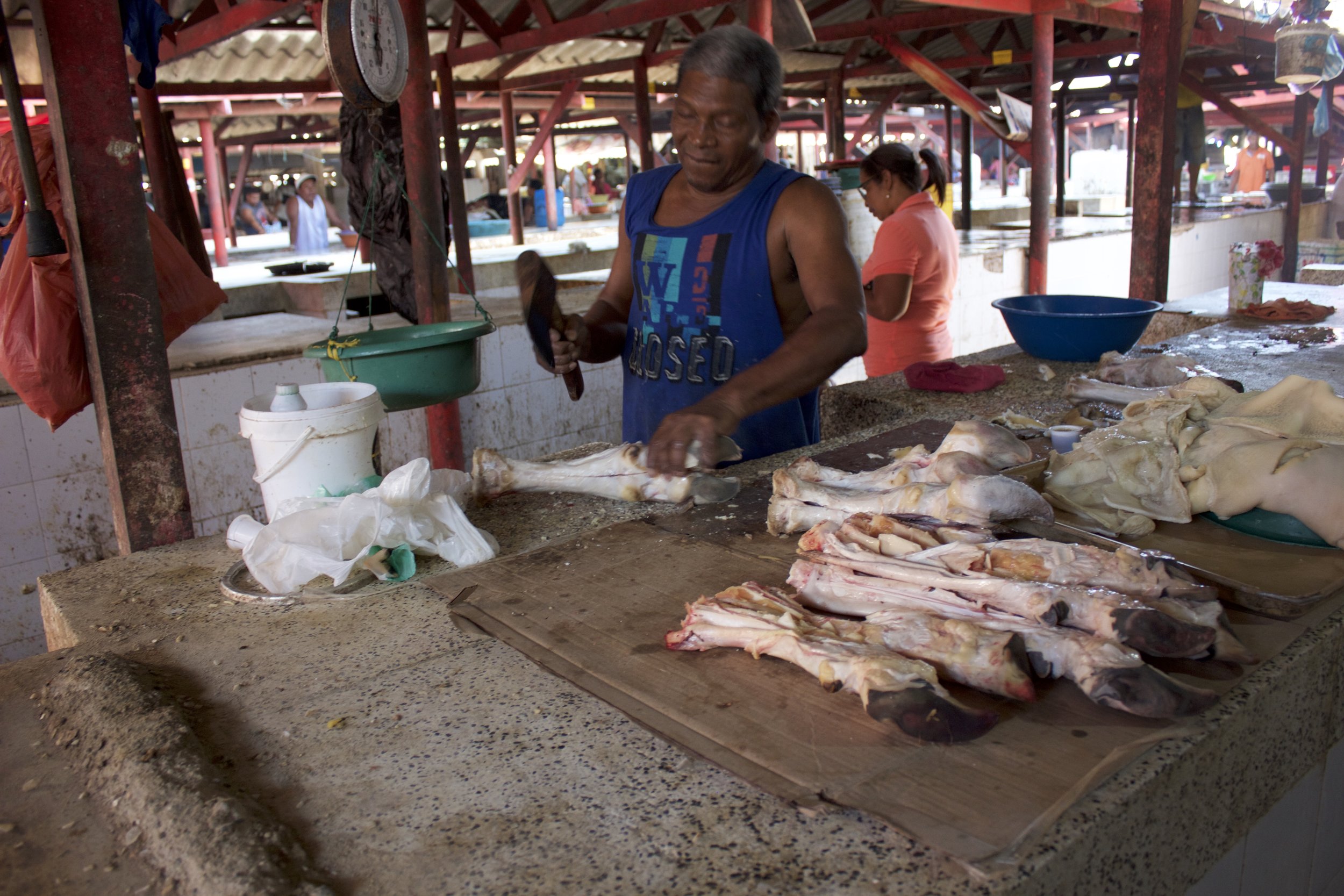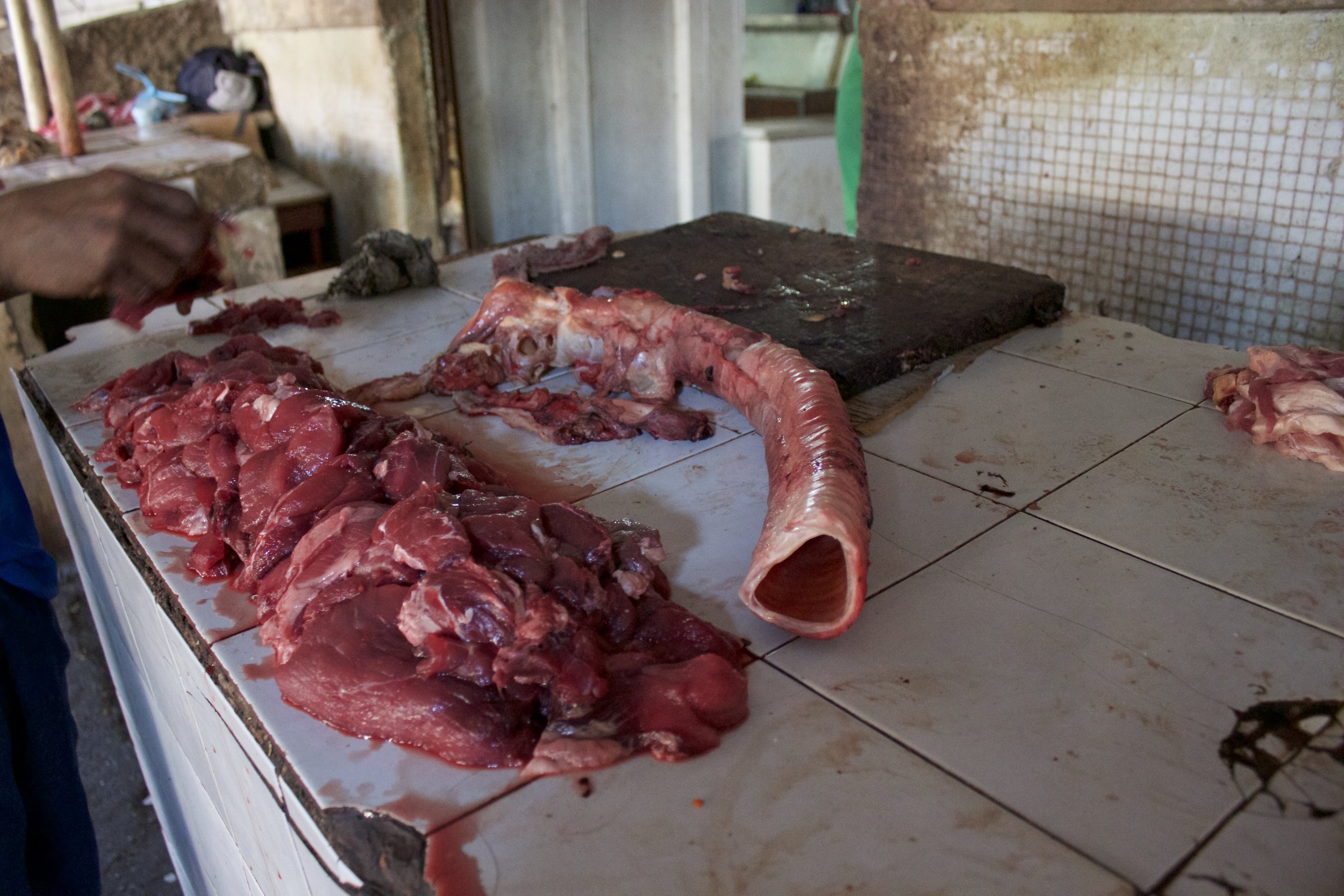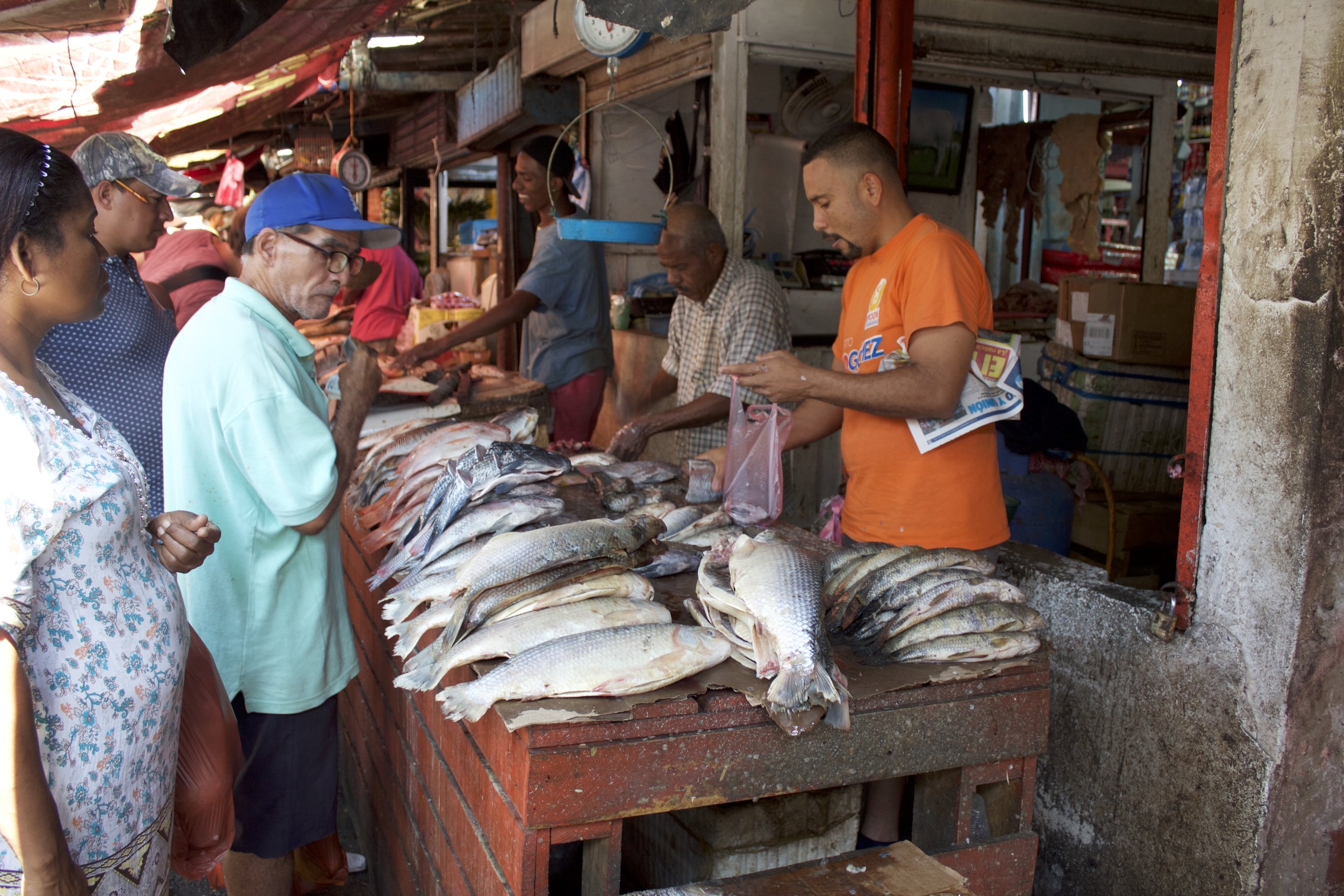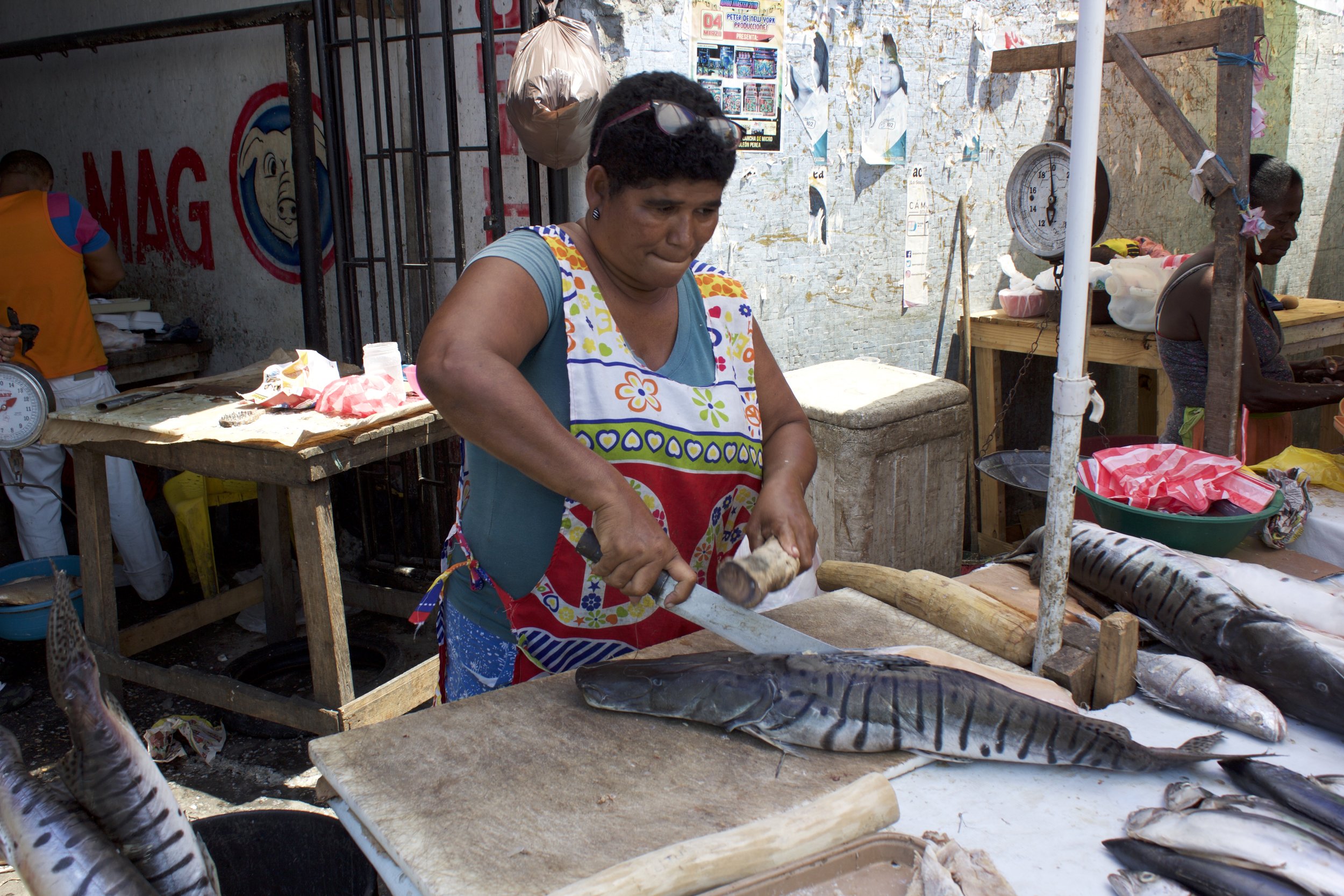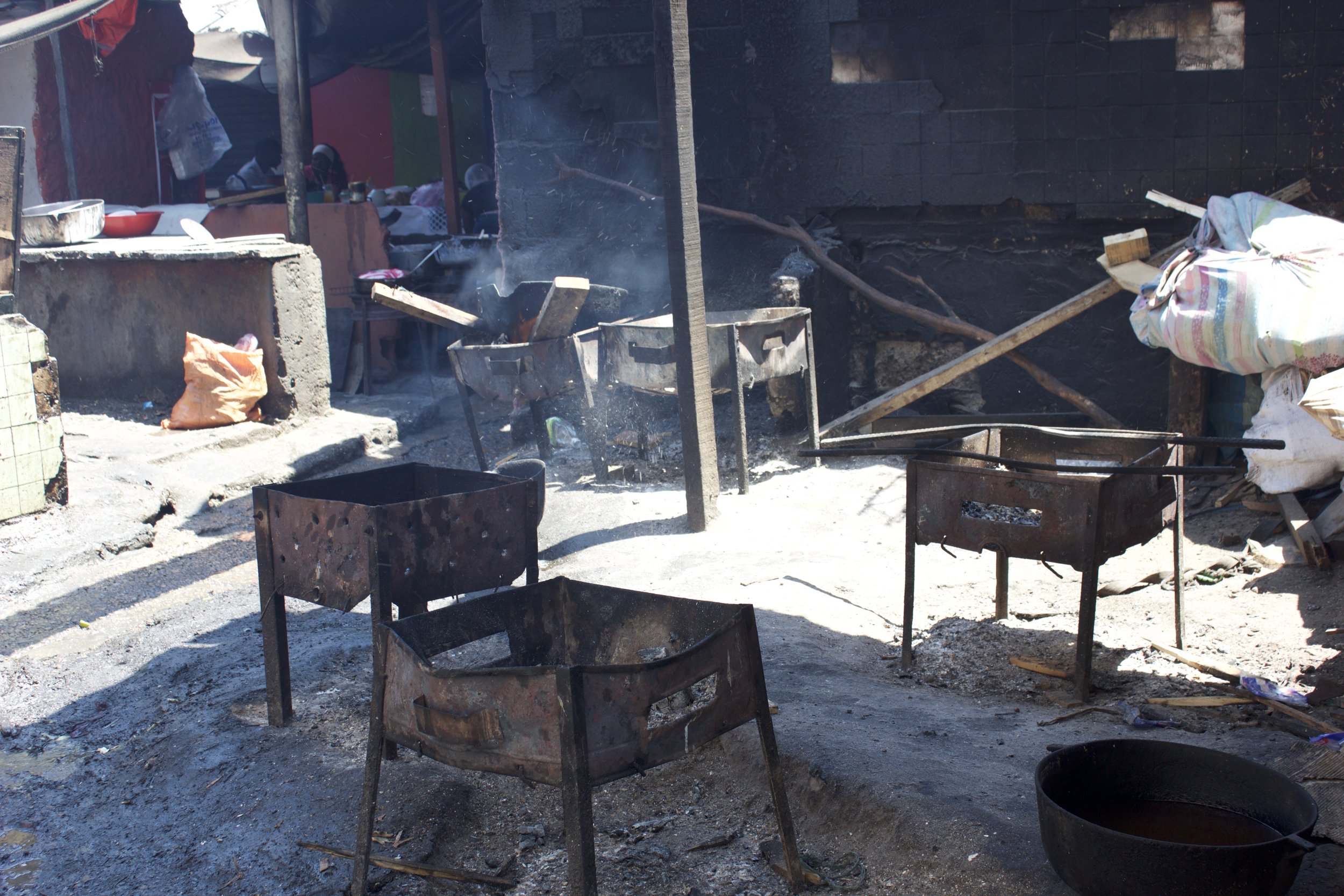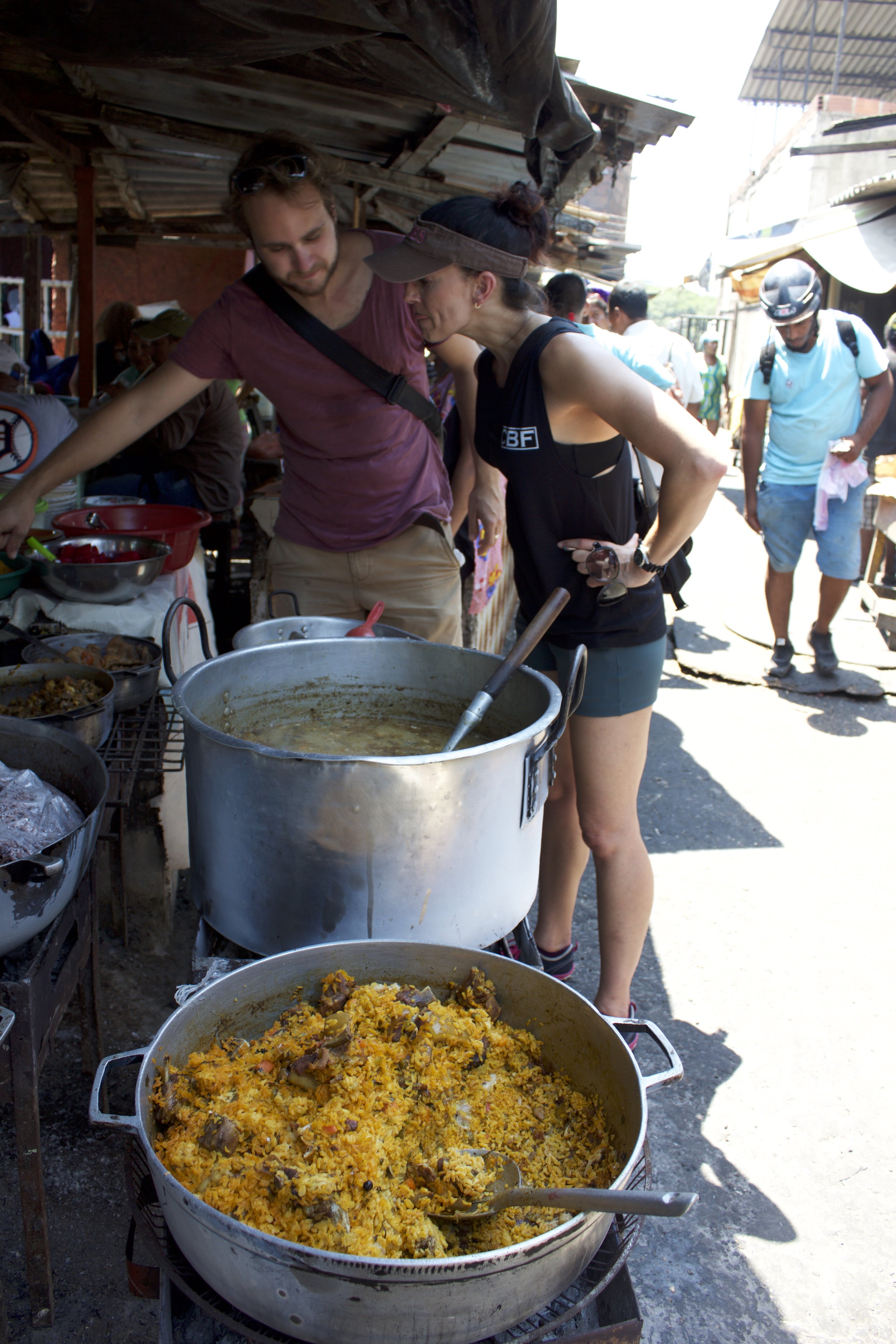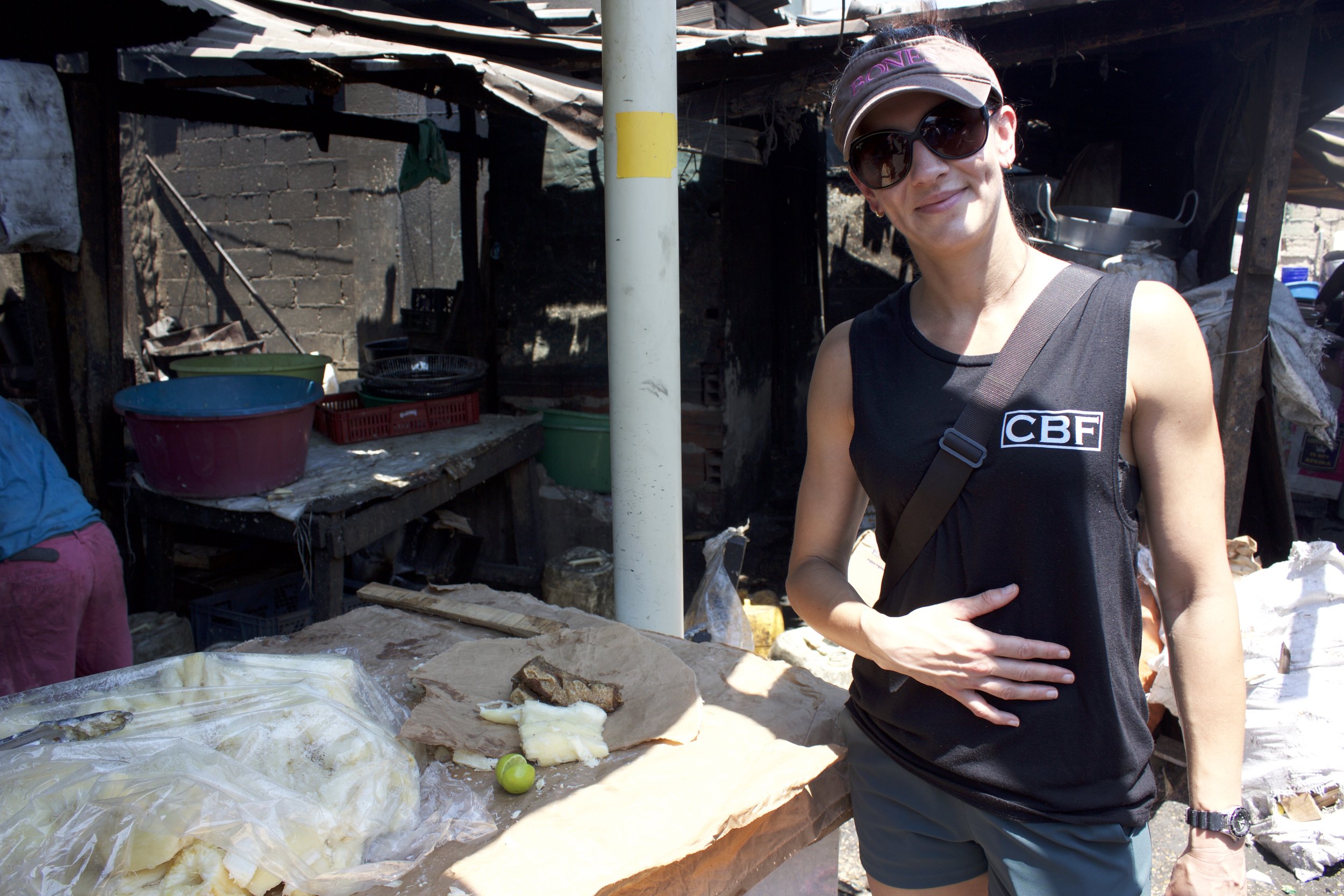Panama and Cartagena de Indias
/Food markets...my kind of tourism
My husband and I recently returned from a 14 day trip to Panama City, Panama and Cartagena de Indias, Columbia. I had never been to Panama and Columbia was new to both of us. Rather than have a whirl-wind trip where we went from place to place (admittedly we would have seen a lot more) with only 2 weeks and a need to relax and just enjoy, we did very little touring around...we saw a few local sights and generally enjoyed being away together and eating and drinking and people watching. This trip was to celebrate our 10 year wedding anniversary (yay!!).
Miraflores locks at the Panama Canal. It was really cool watching a ship and a couple of yachts go through.
Panama City has a seafood market down on the waterfront (duh) that I had read you can walk around and get some decent ceviche. It was close to the UNESCO world heritage sight of Casco Viejo, a beautiful part of the city being restored and definitely a tourist stop, complete with restaurants, bars, hotels, cobbled streets, tourist traps and the like. I feel that in about 5 years when the overt construction is mostly finished (they are restoring crumbling buildings so there is a lot of scaffolding) it will be gorgeous...right now, there is a lot of construction noise.
Anyway, the Mercado de Mariscos is close to Casco Viejo. When you walk up, you will see quite a few colourful fishing vessels in the small harbour. We arrived at low tide so they were all disconcertingly sitting atop the muddy bottom, high and dry. Lots of sea birds and vultures (yes vultures....ugly things) circling overhead opportunistically.
These guys are scraping and painting the hull of the boat in front of us, the ones in the background had obviously offloaded all their fish.
Inside the Mercado de Mariscos (the main part) is very bright and quite clean. It smells like seawater and the floors are wet covered with a lot of scales! The fish were beautiful, with red gills, clear eyes and so much cheaper than what we pay in North America. If I lived here this would be a weekly stop. Upstairs in the market is a small restaurant with simple seafood dishes, probably overpriced, but it was great to sit up there, have a ceviche and a Pisco sour, some fried yucca (cassava root, very starchy) and cool off.
I think we made sure to eat ceviche at least once a day throughout this trip! I was determined to get my fill because I know how much it costs to buy fish in Savannah and I tend to go for other proteins because of that cost. Also, even "fresh" fish at the supermarket is likely days and days old as it has been caught, held on the fishing boat, then flown or shipped by road to wherever the distribution centre is and then finally to the store. As much as I abhor cooking frozen fish, it more often than not has been flash frozen right on the fishing boat, it's not 5-7 days old...but frozen fish doesn't stay as moist and it doesn't cook up the same. Here, it came out of the sea in the middle of the night and it's at the market today. Fresh.
On to Cartagena de Indias, Columbia...
After just under a week in Panama City exploring the streets, the canal, a day trip to the San Blas Islands, we flew to Cartagena, Columbia with zero expectations, other than having heard it was a really cool city with a Historic Centre declared a UNESCO world heritage site in 1984. The old buildings and facades have been kept intact and restored, there are bright bougainvillea spilling up the sides of buildings in technicolour hues, the colours are vivid and tropical, the streets are narrow and there are a couple of universities in the old part of town with locals still living in this neighbourhood so you aren't just walking around with other tourists. Often you peek into doorways to find lush central courtyards housing cafes and hotels and restaurants.
We spent a lot of time walking and stopping for some of the most amazing coffee that I have ever had...and a local drink called a Limonade y coco which is lime juice and coconut milk with some sugar blended with ice. Super refreshing. I am inspired to plant a lime in our backyard and try to come up with a suitable version with less sugar.
Street snack food. These carts were everywhere. Fruit is plentiful in Columbia!
Enter Bazurto Market
I have been to a lot of big markets in less developed countries around the world. I am not squeamish, or afraid. When I started reading about Bazurto and hearing the tenor of what other tourists had experienced, I decided maybe this time it would be better to find out if we could get a guide. Bazurto is not for the feint of heart, nor for the squeamish, and probably, if you do not have almost fluent Spanish, then it would be good to go with someone who does. It is also likely if you go dressed like a total ass then you might be a great target for pickpockets (it is very crowded) and you need closed-toed shoes you don't mind getting a bit dirty...the floor has puddles and is mostly mud and has all kinds of things on it. What had I gotten us into??
Outside the market was a busy mass of people coming and going by bus and taxi and motorcycle taxi with umbrellas to block the sun and a busy fruit drink vendor whom we bought a maracuya (passionfruit) juice and a lulo (a local sour-ish fruit amazing for juicing) juice. After this bit of refreshment, Jan, our guide, dove in and we started going through the maze of stalls. It was SO CROWDED. There were piles of the freshest tropical fruits and the vegetables mostly grown in the region. If the fruits were getting over-ripe, no problem, they were juiced and sold as juice in plastic bags. (plastic bags are the scourge of all nations, I swear). We tried a ton of the local fruit. I didn't think to write down the names, so in consequence, cannot recall them. Sorry 'bout that.
There were people selling traditional medicines and various grains and dried legumes...I love my reaction to what this "health paste" smelled like that you are supposed to make into a tea for blood pressure and other ailments.
The fruit and vegetable areas were very tame compared to the meat and fish zones of the market. This is where things started to get interesting. In Columbia, a real snout-to-tail attitude is taken towards all animal proteins and nothing gets wasted. I really love this. We saw lots of intestines and tripe and dried lungs and heart, and heads. What would freak most people out is the lack of refrigeration and the unsanitary conditions. Realizing that most of the food we had been consuming at the restaurants for the last 4 days with no issues came from here, I like to take these conditions for what they are- the norm- and it was really cool to be that close and be able to ask questions. I even saw parts of some "jungle meats"...aka wild game (mostly over-sized rodents, don't panic). Of interest in these photos and really illustrating the desire to make use of everything is the man we watched use an axe to slice open the trotters of a pig vertically so that customers could use them to make rich soup stocks and access all the marrow and collagen and good parts full of amazing nutrients we North Americans are sadly lacking in our diets of muscle meats.
Another "new" ingredient to me was the windpipe of a cow. Used to make soups and stewed for hours, the butcher assured me that when cooked properly, it is melt-in-your-mouth and gives a richness to dishes, and is not chewy at all!! (I imagine it is very similar to the tendons we ate a lot of in soups in Hong Kong). It looked pretty formidable, I cannot even imagine how many hours someone must patiently slow cook something like that to break down the tissue enough to make it easy to consume.
At the fish end of the market, there were beautiful fresh sea bass, snapper and wild tilapia from rivers and the ocean. They were able to show me the difference between farmed and wild caught, so I think I could reasonably navigate those purchases in the future if required. The lady slicing the very large and beautifully striped catfish was then further salting the meat and drying it to be shredded and added as a condiment to dishes. Maybe like their version of bottarga. On our last night in Columbia we tried a dish from a food truck called toyo, that happened to be this very same shredded salted catfish cooked with some other things and served on smashed fried green plantain (patacones). I was able to ask what I was eating by showing them the photo from the market and confirming with the cooks at the food truck. They were pretty stoked this gringo made the connection. It was delicious!
After all the raw material touring and gorging on very sticky and drippy fruit, Jan brought us around to the area of the market where people would go for prepared lunches, dirt cheap and honest homemade traditional food. The sort of stuff you see on travel TV shows. It wasn't very clean, it was hot and ashy with open fires and cauldrons bubbling away...it smelled incredible, a mix of meat and fish and spices. But I have a theory about eating street food and market food: if you can see it being prepared in front of you and it's got steam coming out of it, likely it's hot enough to kill any really terrible bacteria and we are likely going to be ok. So far, this has worked. I have really only got parasites once (badly in Indonesia) and I didn't see the food being prepared in that instance so my theory is upheld.
Our final meal at Bazurto Market was a piece of fried sea bass with some chunks of steamed yucca. We ate it with our hands, it was so hot I could barely pull it apart. The fish was juicy and mild and tasty, all the moisture sealed in from being dumped in hot fat. Served on a piece of paper. Only the best and freshest for us!
Fish and yucca and lime. We had a drink made from raw pressed cane (basically sugar) on ice, and while I don't like to do sugar, all bets were off here!
I know that crazy food markets are probably an obvious choice for a chef on vacation. I love them. I love markets here, much less anywhere else full of the freshest local ingredients. While some of these raw materials may look frightful, they are a normal part of the traditional diet, and I wish we were better about using all the parts of the animal all the time. There is a lot of nutrition, and a lot of respect for the product and when you don't have the luxury of expendable cash and resources, people get resourceful. The soups in Columbia, whether meat or fish-based, were some of the tastiest we have ever tried! Same with the stews and all the other dishes. All the food we had was fantastic. I have never consistently been able to afford to eat fish every day for two weeks...I didn't mind the challenge! In the mean time, if I have inspired you to seek out a market on your next trip, then enjoy it! Ask questions! Try the food...and most important...Buen Provecho!
